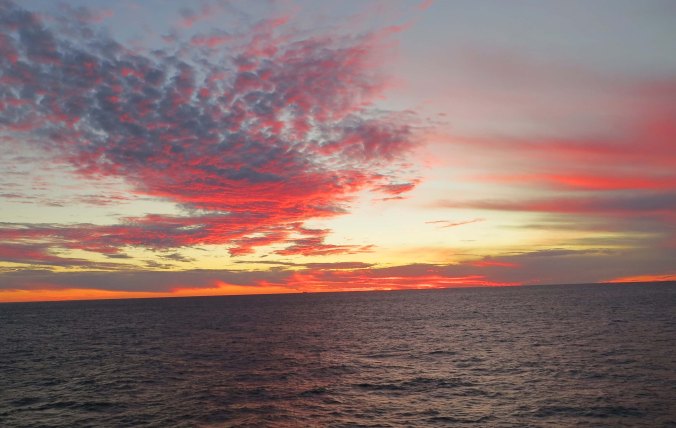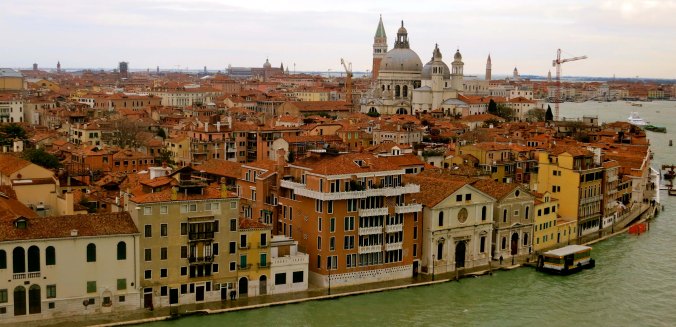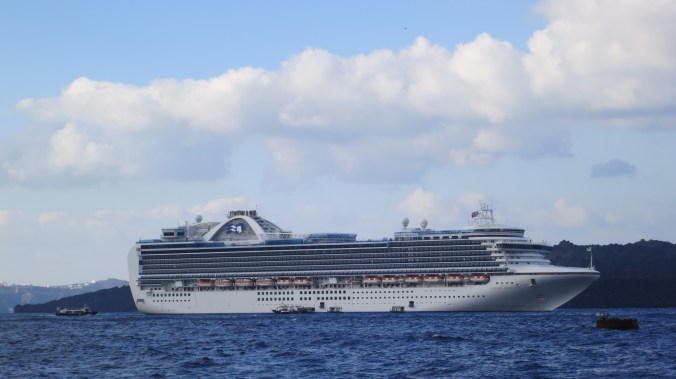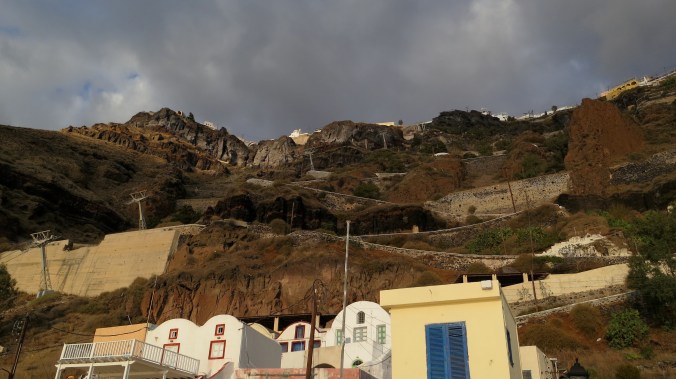
What’s not to like about a beautiful sunset. This one took place off the southern coast of Italy in the Mediterranean Sea.
I am a sucker for sunsets, which is a good thing. Sunsets, waves and spectacular cloud formations are what pass for scenery on the open ocean. My dad, who started and ended his life as a painter, dismissed sunsets as postcard pictures. Nevertheless, when I went through several thousand of his photos after he died, I discovered numerous photos of the setting sun. Nobody can resist a beautiful sunset. Along with fireworks, they are the number one cause of oohs and ahs.
As for sailing off into the sunset, sailors have been doing this since the first sail was invented. (The western heroes of my youth rode off into the sunset, instead. After doing in the bad guys, they would kiss their girls goodbye– probably on the cheek, climb on their faithful horses, and ride off into the west as the sun sank behind the horizon and the picture slowly faded. “Hi-o Silver away!”)
Once we left our farthest point to the east, Kusadasi, Turkey, we sailed into the west all the way to Galveston, Texas. Since our ship inevitably pulled out of port in late afternoon, there were ample opportunities for sunset photos. I decided that a few of these sunsets, along with some cloud formations, would make a fitting end for my series on Mediterranean Ports.

Close up of the above photo. Somewhere in my youth, I was required to color clouds like this in Sunday School. The image has never quite left me.

This impressionistic photo of purples and pinks was taken in the Caribbean south of Florida at the end of the trip.
NEXT BLOGS: I hope you have enjoyed our journey through the Mediterranean. In three weeks Peggy and I will begin another adventure, this time driving from our home in Southern Oregon to Alaska via the Northwest US, British Columbia and the Yukon Territory. Please join us. In the meantime, I will introduce you to our hometown of Jacksonville, Oregon; take you on a trip though the Southwestern US exploring thousand-year-old Native American rock art, and catch up on what’s happening with Burning Man 2013. Peggy and I will again be traveling to Burning Man after we return from Alaska.
























